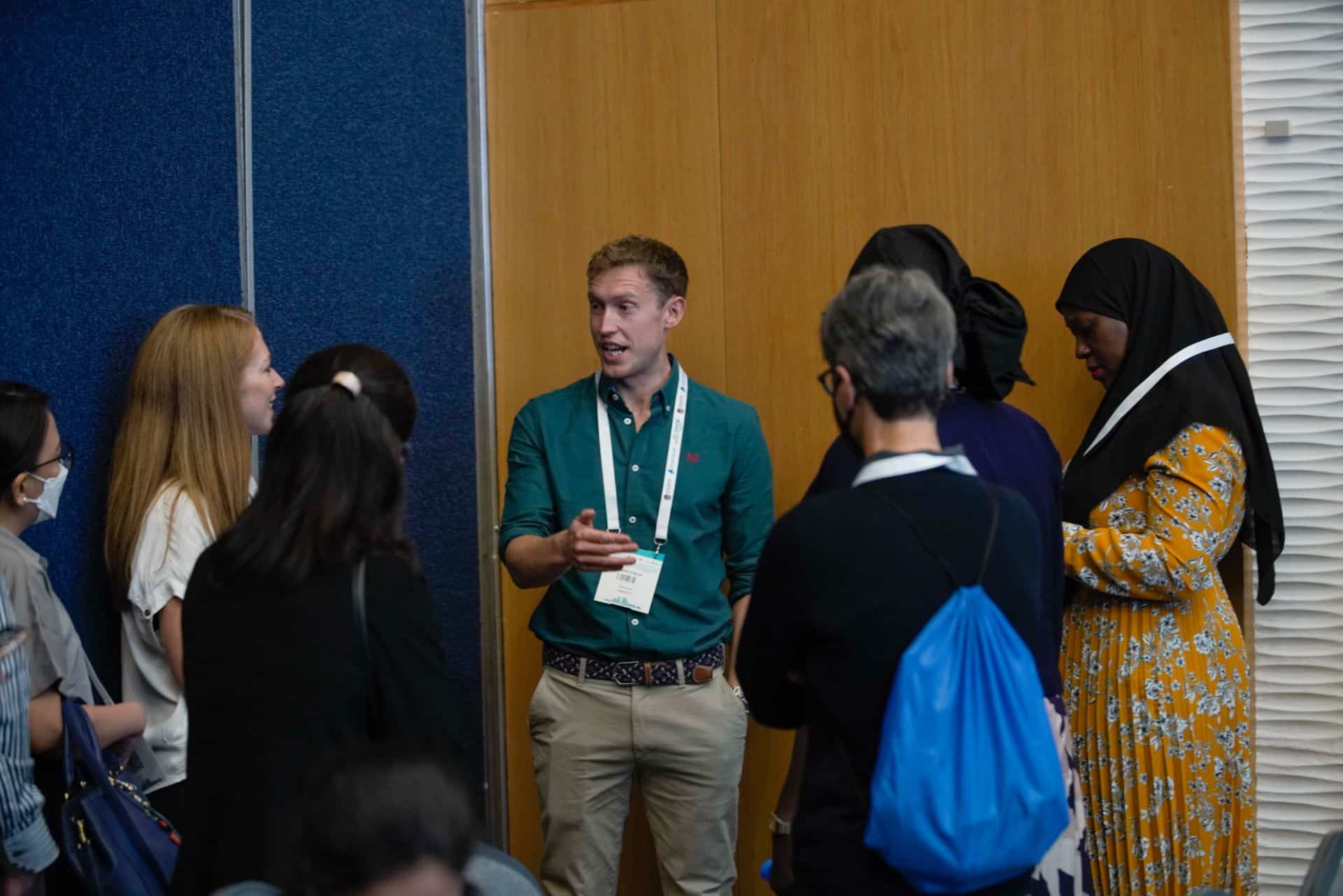Short Oral
24-h movement behaviors and incidence of cardiometabolic risk factors: Finnish Retirement and Aging Study (FIREA)
Background:
Physical activity prevents cardiometabolic risk factors, but high sedentary time (SED) and insufficient sleep pose health risks. Despite their interdependence, 24-hour movement behaviors, including sleep, SED, and light and moderate-to-vigorous physical activity (LPA, MVPA), have often been studied in isolation.
Purpose:
The aim was to examine associations between 24-h movement behaviors and 3-year incident cardiometabolic risk factors.
Methods:
In total 866 adults (mean age 62.4 years, SD 1.1) from FIREA study, free of cardiometabolic risk factors, underwent 24-h wrist-accelerometry measurements. Incident cardiometabolic risk factors including hypertension, dyslipidemia and type 2 diabetes were obtained from national registers, and obesity from annual surveys. The follow-up time was 3 years. Compositional Cox proportional hazards models were adjusted for age, sex, occupation, smoking and risky alcohol consumption.
Results:
During the follow-up, 84 (17%) participants developed hypertension, 66 (9%) dyslipidemia, 28 (3%) type 2 diabetes and 43 (6%) obesity. Compared to mean composition (sleep 7.8 h, SED 11.0 h, LPA 4.2 h, MVPA 60 min), having 10 min more MVPA was associated with 5−7% risk reduction in hypertension and 9−12% in obesity. Among the least active participants (sleep 7.9 h, SED 12.1 h, LPA 3.6 h, MVPA 24 min), the risk reduction in hypertension and obesity was nearly twofold. Longer sleep and lower SED and LPA tended to associate with lower risk of type 2 diabetes. No significant associations were observed for dyslipidemia.
Conclusions:
Our findings suggest that daily MVPA maybe important in preventing development of hypertension and obesity. Intervention studies are warranted to confirm these findings.
Practical implications:
Even small increase in daily MVPA may help in reducing development of cardiometabolic risk factors, especially among the least active older adults.
Funding:
The study was supported by the Research Council Finland, Finnish Ministry of Education and Culture, Juho Vainio Foundation, the Turku University Hospital.
Submitting Author
Kristin Suorsa
Population Group
Older Adults
Study Type
Epidemiology
Setting
Not Applicable



